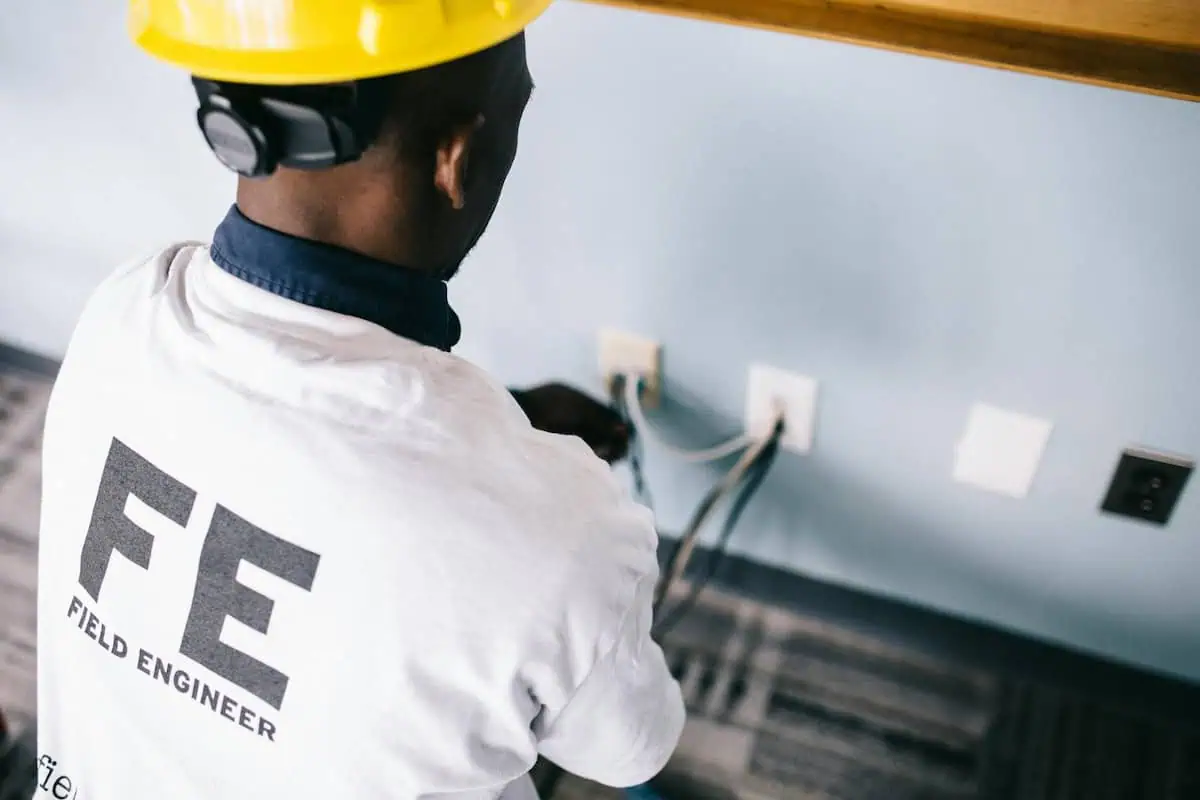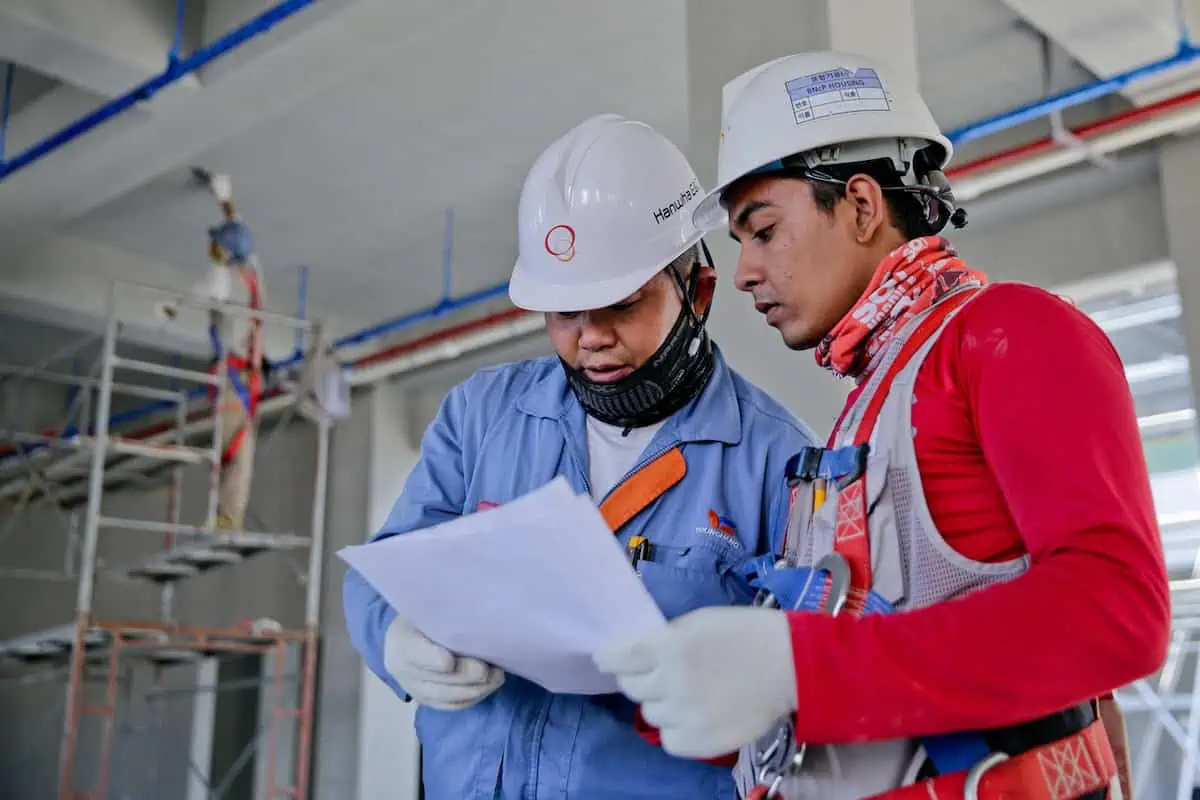Industrial electrical systems form the backbone of manufacturing, processing, and production industries. These systems are powerful and, if not properly managed, can pose significant safety hazards.
Implementing rigorous safety protocols is not only a regulatory requirement but also a critical measure to protect equipment, prevent costly downtime, and, most importantly, safeguard human life. This article outlines essential safety protocols for managing industrial electrical systems effectively.
How Industrial Electrical Systems Work?
Industrial electrical systems are vital for managing power in various industries, seamlessly integrating several essential components to ensure efficiency and safety. These essential components for industrial electrical systems include transformers, switchgears, circuit breakers, fuses, and robust cabling.
Transformers play a crucial role in adjusting voltage levels to suit the needs of different equipment or for effective power transmission. Switchgears are integral in controlling power distribution and safeguarding other components by interrupting the circuit in overload or fault conditions.
Circuit breakers and fuses act as critical safety mechanisms, automatically disconnecting electricity to prevent damage and fire risks from overcurrent. The system’s infrastructure is upheld by extensive cabling and wiring, which distributes electrical power from the source to the machinery.
Moreover, advanced control systems are essential for automating processes and monitoring operations, ensuring that industrial electrical systems function consistently and safely. These components collectively maintain the high demands of industrial settings, which are crucial for operational continuity and adherence to safety standards.
Safety Protocols For Managing Industrial Electrical Systems
Here are the key safety protocols for managing industrial electrical systems effectively.
1. Regular Risk Assessments and Safety Audits
A proactive approach to safety begins with regular risk assessments and comprehensive safety audits. These evaluations should identify potential hazards associated with electrical systems, such as shock, arc flash, and fire risks.
By assessing the workplace environment and equipment condition, companies can implement preventative measures tailored to specific risks. Regular audits help ensure that all safety protocols are current and adhere to national and international safety standards.
2. Proper Installation and Maintenance
Correct installation of electrical systems according to manufacturer instructions and industry standards is fundamental. This includes using appropriate wiring, protection devices, and grounding methods.
Regular maintenance is equally crucial. It prevents equipment failures that could lead to accidents. Maintenance tasks should include cleaning components, checking for wear and tear, replacing damaged insulation, and testing safety shut-offs and other protective devices.
3. Training and Certification of Personnel
Only qualified personnel should handle industrial electrical systems. Workers must undergo thorough training on the specific systems they will operate and should receive updates whenever new technologies or regulations are introduced.
Additionally, ongoing certification programs ensure that electrical workers are abreast on the latest safety practices and techniques. This training should cover emergency response procedures and safe work practices.
4. Use of Personal Protective Equipment (PPE)
The right PPE is vital for minimizing risks in working with electrical systems. This equipment might include gloves, face shields, flame-resistant clothing, and insulated tools. Each piece of PPE must be carefully selected based on the specific hazards, and all gear must undergo regular inspection for wear or damage to ensure its effectiveness.

5. Implementation of Lockout/Tagout (LOTO) Procedures
Lockout/Tagout (LOTO) procedures are critical for ensuring that electrical systems are properly shut down during maintenance or when any safety issues arise.
These procedures prevent the accidental energizing of electrical systems that can lead to severe injuries or fatalities. LOTO kits should be easily accessible, and all employees must be trained in their use.
6. Clear Labeling and Signage
Effective communication in the form of clear labeling and signage helps prevent electrical accidents. Labels should indicate voltage levels, currents, and energy sources and should be easily visible. Signage warnings of potential hazards and instructions on emergency measures should be placed prominently throughout the facility.
7. Emergency Response and First Aid
Facilities must have a well-defined emergency response plan that includes specific procedures for electrical accidents. This plan should be regularly reviewed and practiced through drills. Additionally, having staff trained in CPR and basic first aid, particularly in techniques for treating electrical burns and shocks, is crucial.
8. Keeping Up with Regulatory Compliance
Compliance with electrical codes and standards is not optional. These regulations ensure safety and are updated regularly to reflect new findings and technological advancements. Staying compliant involves regular training, system audits, and updates to safety protocols.
9. Encouraging a Culture of Safety
Safety is not just about protocols and equipment. It’s about cultivating a safety-first culture. This culture encourages vigilance and responsibility at all levels of an organization. Regular safety meetings, open communication channels for reporting hazards, and positive reinforcement of safe practices can enhance this culture.
10. Use of Advanced Technology
Modern technology can significantly enhance safety in industrial electrical systems. For example, infrared thermography can detect overheating before it leads to failure, and automation can remove workers from direct contact with the most dangerous tasks.
Investing in technology that improves safety is beneficial for the long-term sustainability of any industrial operation.
Challenges When Managing Industrial Electrical Systems
Managing industrial electrical systems involves several challenges that significantly impact safety. Increasing system complexity and integration can lead to errors and unsafe conditions if not properly managed. Inadequate maintenance may result in equipment failures, posing risks such as electrical fires or electrocution.
Compliance with safety standards prevents accidents and energy inefficiencies can overload systems, increasing the risk of failures. Aging infrastructure lacks modern safety features, raising the potential for accidents, while cybersecurity vulnerabilities can compromise system control, creating unsafe conditions.
Additionally, environmental neglect can cause health hazards, and a shortage of skilled workers can result in improper system handling. Addressing these issues is critical for maintaining safe industrial operations, emphasizing the need for robust management practices and continuous worker training.
Conclusion
Managing industrial electrical systems with an emphasis on safety is critical. Implementing these key protocols not only complies with legal requirements but also protects assets and lives.
As technologies and standards evolve, so too should safety practices, ensuring that they remain robust and effective in preventing accidents and promoting a safe working environment.
Article and permission to publish here provided by Claire Glassman. Originally written for Supply Chain Game Changer and published on April 16, 2024.
All photos provided by Claire Glassman.

